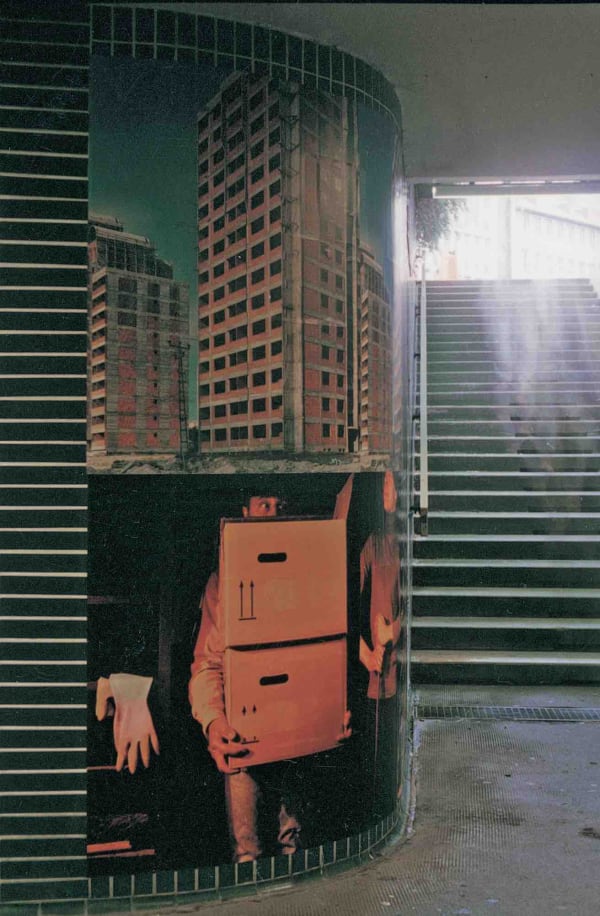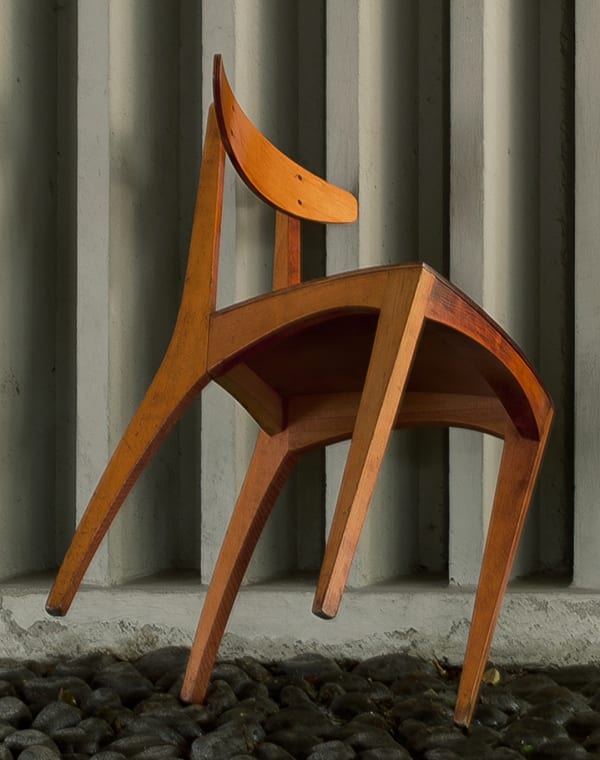Suzanne Lafont
Suzanne Lafont's room-size grid of coloured panels entitled Situation Comedy takes as its starting point Manipulating the Self: A Borderline Case, a small black-and-white booklet published in 1971 by the Toronto-based art trio General Idea. For Manipulating the Self, the artists issued a call for photographs whereby respondents were asked to follow these precise instructions: 'The hand is a mirror for the mind - wrap your arm over your head, lodging your elbow behind and grabbing your chin with your hand.' The mailer promised that in this contorted position the sitter would become 'object and subject, viewed and voyeur.' The booklet features 115 'image situations' of the prescribed gesture, 99 of which are identified by the name or initials of the performers. In 1973, the mailer and booklet gave rise to a poster, whose publisher suggested changing the title to Manipulating the Scene - a modification welcomed by General Idea.
In Situation Comedy, Lafont reconsiders this passage from the self's to the scene's manipulation by performing a series of displacements. One such displacement hinges on the tension between the specular and the spectacular. Whereas General Idea's project played on the mirror relation between hand and mind, Situation Comedy brings Manipulating the Self on the scene, as it were, into the realm of the spectacular - but a spectacular in which the self plays merely a supporting role. The 99 colour panels in Lafont's installation refer to the 99 named images in Manipulating the Self. Of the 99 panels, 23 present the original poses re-performed by a group of art students with whom Lafont worked, and 76 panels are left blank, as figure-less monochromatic backdrops bearing the phrase '(not performed)'. These gaps render the original photographs' mimetic function inoperative, by disabling the symmetrical relations between 'object and subject, viewed and voyeur.'
As if to emphasise the role of the spectacle in General Idea's booklet, Situation Comedy translates the entire publication into the strictest expression of visual language: a colour gradient, from purple to green through red, blue and yellow. Situation Comedy's spectacular effect is further achieved by displacing the formal characteristics of General Idea's project (black-and-white images, random mode of address through the mail, combination of image and text) with references to the visual cues of the entertainment industry: instead of the home-made aesthetic of the self-portraits in Manipulating the Self, Lafont's panels display slick surfaces and blemish-less bodies reminiscent of TV presenters, the garish colour schemes of game shows, and the controlled environment of a studio.
But, through another displacement, Lafont undermines the prominence granted the spectacle, by focusing on the power of language - and, particularly, of names - to re-activate the void left by the absent figures. Indeed, each panels includes, besides the page number corresponding to General Idea's publication, the names of the student and of the original performer whom she or he enacts. The fact that even the figure-less panels of Situation Comedy bear the names of the two sets of actors signals the critical role played by the name in Lafont's installation.
For Lafont, having a name is like wearing, or switching, clothes: everything depends on the situation and the desired effect. The performative action in Situation Comedy occurs precisely at the disjuncture between scenic conventions - whether of television or performance - and a linguistic system of reference. It is when a scene is not performed that the name can come to the fore as performative vector. The comedy of Situation Comedy would thus be of a secondary, indirect nature. The actors' names and figures (from 1971 and 2009) play off each other, whether they are represented physically or not. Here we enter squarely into the realm of the ludic: just as with the theatrical prop or the deck of cards, the images of Situation Comedy remain in limbo, ready at any moment to be re-shuffled, or brought back on stage, when the situation arises.





